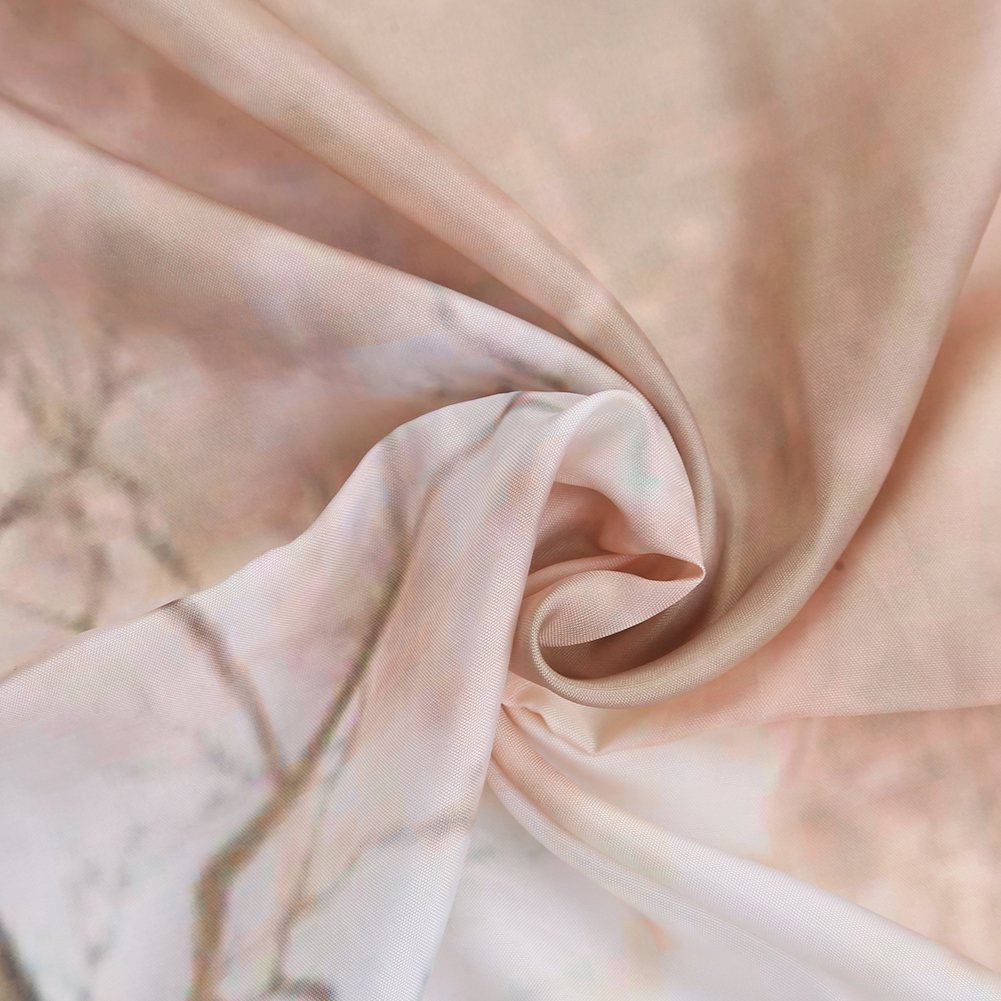Reader Chen Gang: I bought two pots of gardenia, and after the blossoms, the blades slowly appeared dry tips and leaves fell off. I would like to know what is the reason for this. How does Gardenia spend on autumn and winter care? “You have something to do with your speech†columnist: In late autumn, the weather gradually cooled, and most of the family’s planted pot flowers passed the flowering period. The City Bureau of Landscape Architecture flower cultivation experts will give pointers to your situation. According to experts, gardenia flowers are warm, sunny, and have good air-humidity and a well-ventilated environment. They are typical acidic soil plants and should be planted in loose, moist, fertile, well-drained acid basin soils. It should be noted that gardenia is poor in cold resistance, leaves with low temperature tend to fall off, and the dry environment tends to cause sharp dry leaves. Now this season, gardenia has entered a dormant period, and conservation should grasp the main points and methods of treatment. 1. Light. It must be allowed to fully accept the sun, more sun, in order to promote growth. 2. Temperature: In the autumn and winter seasons, the gardenia should be placed in sunlight, and the temperature should be no lower than 0°C. Need special attention, too high temperature will affect the flowering in the coming year. Generally should be maintained at 5 °C ~ 12 °C, the temperature higher than 15 °C, ventilation should be cooling, otherwise it will affect plant dormancy. 3. Humidity: Gardenia is like a moist environment, and the air is too dry, which can easily cause the blade to dry. In autumn and winter of Tianjin, the rainfall is scarce and the air is dry. It is necessary to frequently spray the leaves with fresh water and sprinkle water on the nearby ground to increase the air humidity. 4. Fertilization: less fertilization or no fertilization. 5. Watering: Watering with tap water, it is best to store for two days, after sufficient precipitation. Home rice water and vegetables are also available. Watering in autumn and winter is preferred for partial dryness. Soils that are too wet can cause roots to die off. It is important to prevent water from leaching and yellowing. Because the temperature is low, the watering cycle should be controlled and watering can be done 5 to 7 days. Watering must be thoroughly dry. Always wash branches with warm water and do not allow dust to foul the foliage. The gardenia leaves a layer of old leaves every autumn, growing new leaves and buds. At this time, gardenia leaves yellow, mostly old leaf replacement, natural leaves, yellow leaves can be removed. Yellow leaves may also be caused by too alkaline soil. Gardenia is susceptible to leaf yellowing in poor soils and alkaline soils, causing the leaves to dry and causing poor plant growth. At this point, watering the fertilizer can change the soil's alkalinity. The method is to add 0.1% of ferrous sulfate to the water and pour it once every 15 days; it is also possible to add 0.5% of vinegar when watering.
Textile industry in our country is a highly labor-intensive and foreign dependence on the larger industries. As the largest producer and exporter of textiles and garments in the world, China's sustained and steady growth in the export of textiles and garments is of crucial importance for ensuring China's foreign exchange reserves, the balance of payments, the stability of the exchange rate of RMB, and the social employment and sustainable development of the textile industry. The main raw materials of textiles cotton, cashmere, wool, silkworm cocoon silk, chemical fiber, feather down and so on. The downstream industries of the textile industry mainly include the garment industry, home textiles, industrial textiles and the like.
China is a big country for the production and export of textiles. After years of development, China's textile industry has obvious competitive advantages. It has the most complete industrial chain in the world and the highest level of processing facilities. Many developed industrial clusters respond to market risk self-regulation The ability to continue to enhance, to the industry to maintain a steady pace of development provides a solid guarantee. Textile Products Textile Products,Cotton Items,Leather Bags NINGXIA IFA INDUSTRY&TRADE CO.LTD , https://www.ifagoup.com
From the international environment, the international market still has more room for development and opportunities. With the expiration of China-EU textile restrictions by the end of 2007, the quotas for the establishment of quotas for Textile Products between China and the United States will end at the end of 2008, and the era of quota-free textiles will soon come to an end. More than 60% of the global textile market will be fully liberalized and will bring about the textile trade in China Great opportunity In the coming few years, the world economy will remain in the rising range and will surely promote the growth of international trade. This will bring favorable international market protection to the growth of China's textile and garment exports.
Judging from the domestic economic environment, domestic demand will become an important driving force for the growth of the industry. About 80% of China's textile consumption in the country. With the sustained and rapid growth of the domestic economy, the steady increase of residents' income will boost the further development of the domestic market.